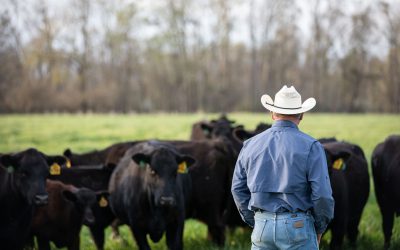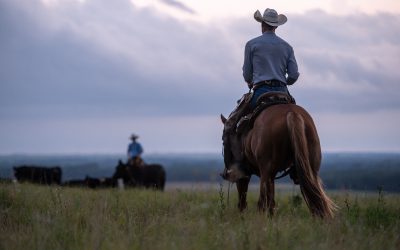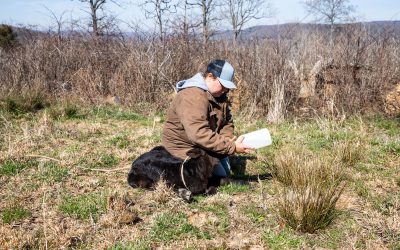
Self-selected culls
We have been following a synchronized AI program for the past 10 years, with the total number generally around 85 or 90 head. All the heifers and a better 40% of cows. Never had more than 35 AI-sired calves on the ground when the due dates were history–until this year with 45 of those calves carrying (we logically expect) better-than-average genetics, and 32 of them are heifers, prime candidates for replacements.
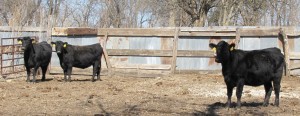
If we can bring them through weaning and growing next year, we will have three AI-sire groups with 30, 12 and 18 females as we build in more and more predictability.
There are still a few things that go wrong of course, and they usually involve male calves–3 out of 4 this year (one backwards suffocated and another stillborn I did not observe in the main herd) when we could really use a few more for the feedlot program. The last heifer to have a bull calf did not clean and while the vet was here this week setting that right, I noticed another had a hoof showing. She’s a daughter of a 14-year-old cow so I expected some functionality. We shall see how that went in a bit.

We always calve more than we put out for the summer so that the latest or least promising can be sold. Sometimes that includes an emerging disposition issue. Old #50 had her 12th calf a couple of weeks ago. She has had nearly all male calves, but not this year of course. Looking in on her first attempt at putting a replacement heifer in the herd made me realize I have a mature cow-calf pair to sell as well as a new heifer pair!
It is rare to pull a heifer, but that’s what it took for 50’s daughter. No question she would claim her calf when I brought it around to the maternity pen, but some question if she would let me nudge it under the gate without killing me, the calf or both. I used kind of a 10-foot pole to scoot her in a little more. The next morning I opened the gate to a 50-foot run, which any other heifer would at least take a look at. This one was riveted on her calf. Now, I admire maternal instincts, but like to see some hint of domesticity if not docility. This new mom thought I was the Devil and tried to exorcise me, loudly and wetly threatening to butt as I found a second to squeeze the tagger and offer her the calf: Here, take it!
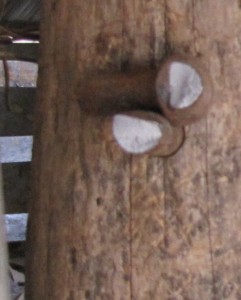
She whirled and headed for the 50-foot run, breaking an L-pintle hinge off the post and gate just for spite. Glad I don’t have to debate on whether to keep her here, but maybe she will do well for somebody else selecting for ability to fend off all attackers.
Till next time, let’s keep targeting the brand and building tomorrow together!
–Steve
You may also like
Progress from small steps
Every day is a chance to learn and get better. Thousands of others like my new friends in Alabama are taking steps to meet the shifts in consumer demand, and to know more. Small steps in the right direction can start now. Even if it’s just recording a snapshot of where you are today, a benchmark for tomorrow.
Not perfect, but working to get better
The CAB Cattleman Connection team heard its name called more than once in the virtual ceremonies, and each time came a sense of personal accomplishment, but even better: confirmation that we’re getting better at our craft. I hope that means we’re doing a better job for you.
A scours change
Just like regular maintenance on your vehicle, prevention is the best way to ward off scours in your cow-calf herd. But sometimes the best treatment plans fail, with lasting effects on calf performance. That’s why ranchers should try to get ahead of the problem.

